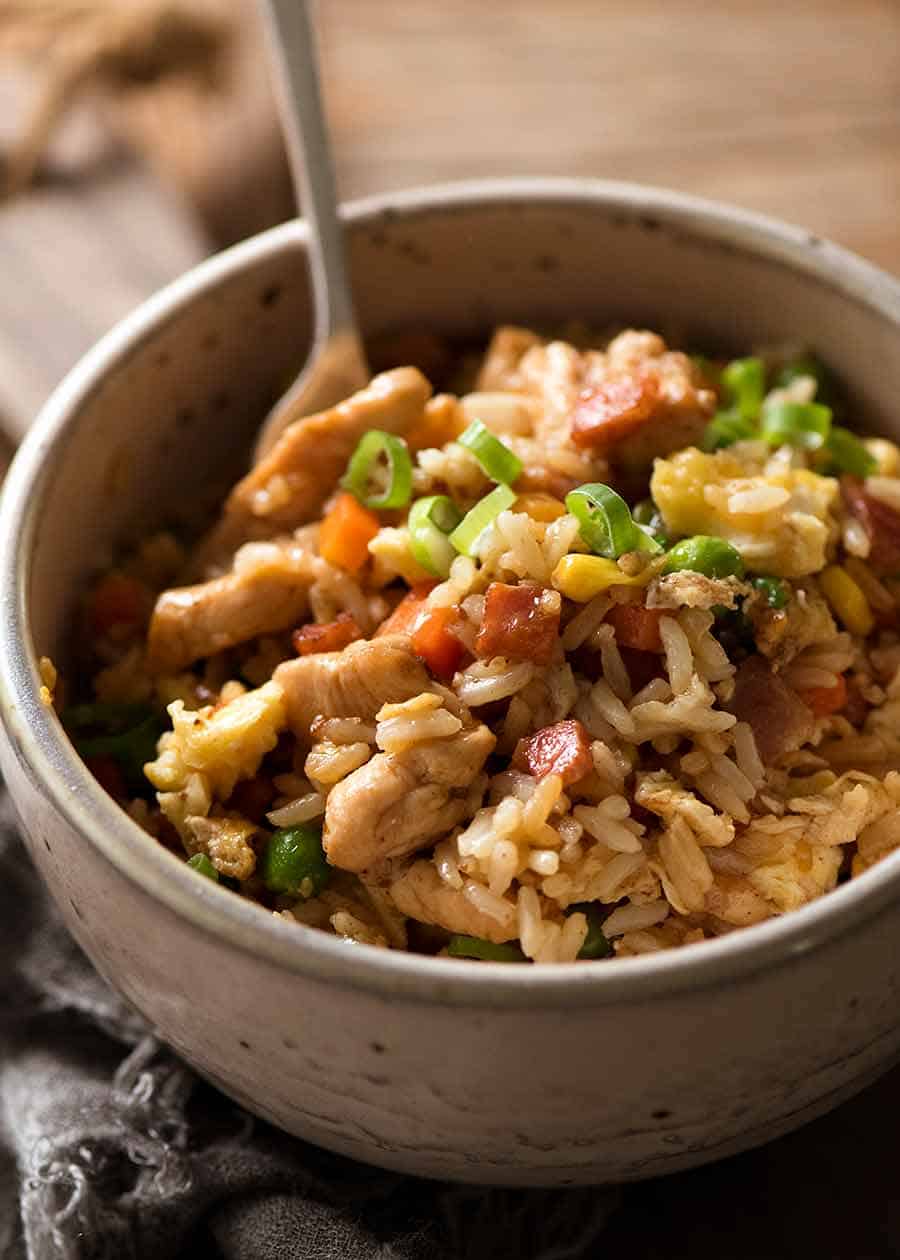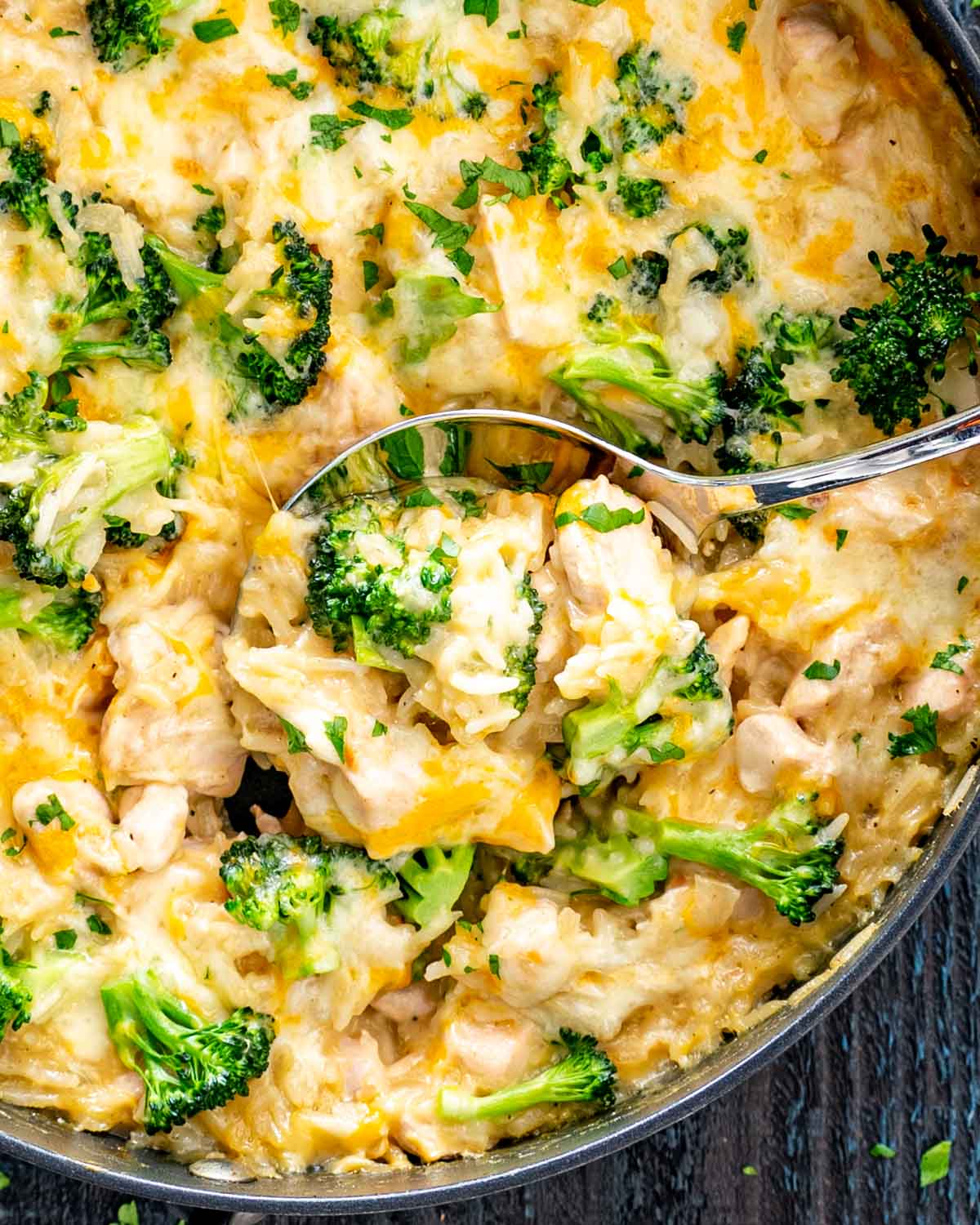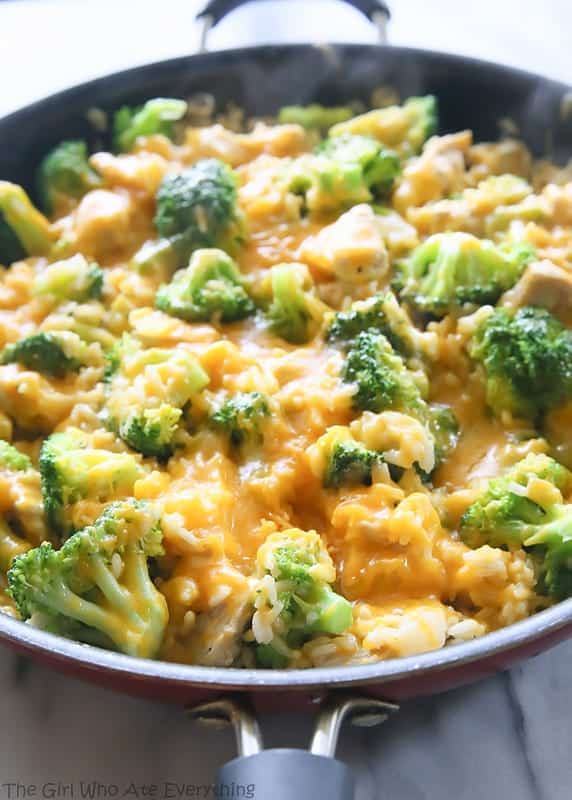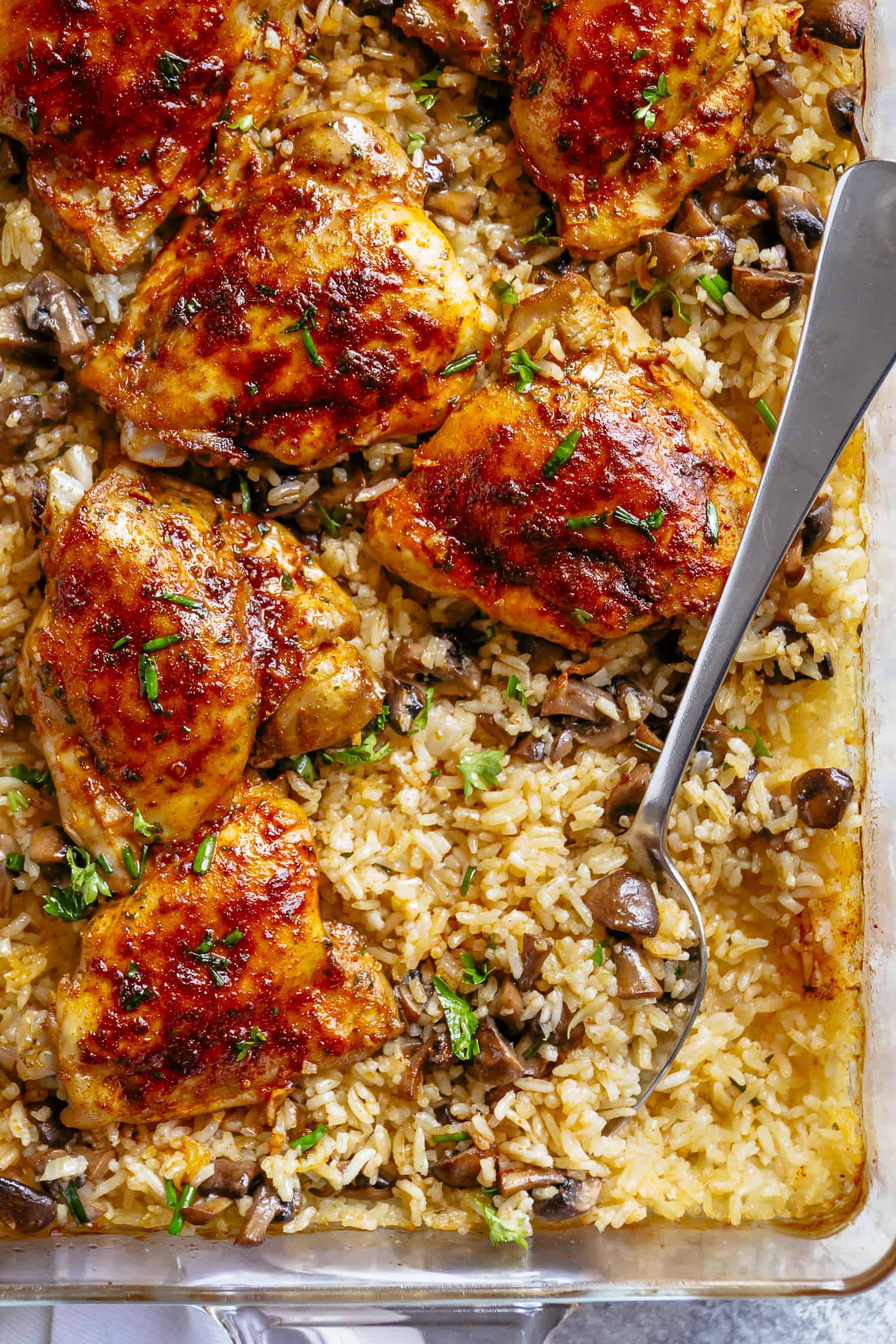Topic how to make chicken and rice dog food: Discover the simple and satisfying method to craft nutritious chicken and rice dog food, ensuring your beloved pet enjoys a healthy and happy mealtime experience.
Table of Content
- Ingredients
- Instructions
- Storage
- Benefits
- Instructions
- Storage
- Benefits
- Storage
- How to make chicken and rice dog food?
- Benefits
- YOUTUBE: The Farmer\'s Dog DIY Homemade Chicken and Rice Dog Food Recipe
- Benefits
- Introduction to Homemade Dog Food
- Benefits of Chicken and Rice for Dogs
- Necessary Ingredients for Chicken and Rice Dog Food
- Step-by-Step Cooking Instructions
- Portion Sizes and Feeding Guidelines
- Incorporating Vegetables and Supplements
- Storage Tips for Homemade Dog Food
- Understanding Your Dog\"s Nutritional Needs
- When to Choose Homemade Food Over Store-Bought
- Frequently Asked Questions
Ingredients
- 2 to 3 boneless, skinless chicken breasts
- 1 cup of white or brown rice
- 4 cups of water
- Optional: Carrots, peas, or any dog-safe vegetables
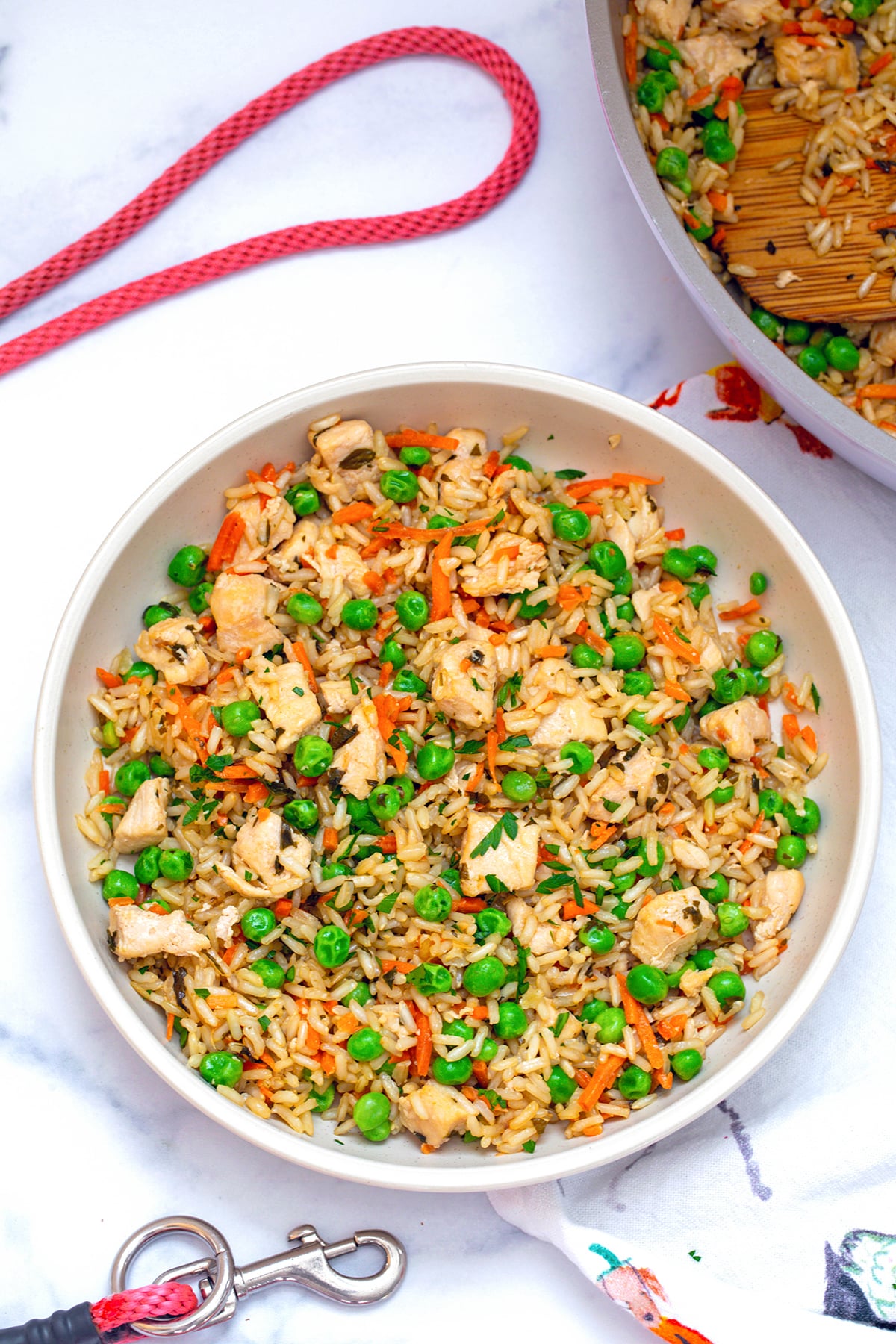
READ MORE:
Instructions
- Place the chicken breasts in a pot and cover with water. Bring to a boil, then simmer until the chicken is fully cooked, about 10-30 minutes depending on the size of the chicken pieces.
- Remove the chicken from the pot, and using the same water, add the rice. Cook according to the rice instructions until it\"s fluffy and all the water is absorbed.
- While the rice is cooking, shred the chicken into bite-size pieces. Once the rice is done, let it cool slightly.
- If using vegetables, cook them until they are soft, and then chop them into small pieces suitable for your dog.
- Mix the shredded chicken, cooked rice, and vegetables together in a bowl. Ensure the mixture has cooled to room temperature before serving to your dog.
Serving Size
The amount of food your dog needs depends on their size, age, and activity level. A general guideline is to serve them about ⅓ to ½ cup of this chicken and rice meal per 10 pounds of body weight per day, divided into two servings. Adjust as necessary based on your dog\"s dietary needs and consult with your vet if you\"re unsure.
:max_bytes(150000):strip_icc()/139453-Lucky-and-Rippys-Favorite-Dog-Food-ddmfs-117-4x3-1-b8b49bf3211b40eb9d91590445ca56e2.jpg)
Storage
Store any leftovers in an airtight container in the refrigerator for up to three days. You can also freeze portions for up to three months. Thaw in the refrigerator before serving.
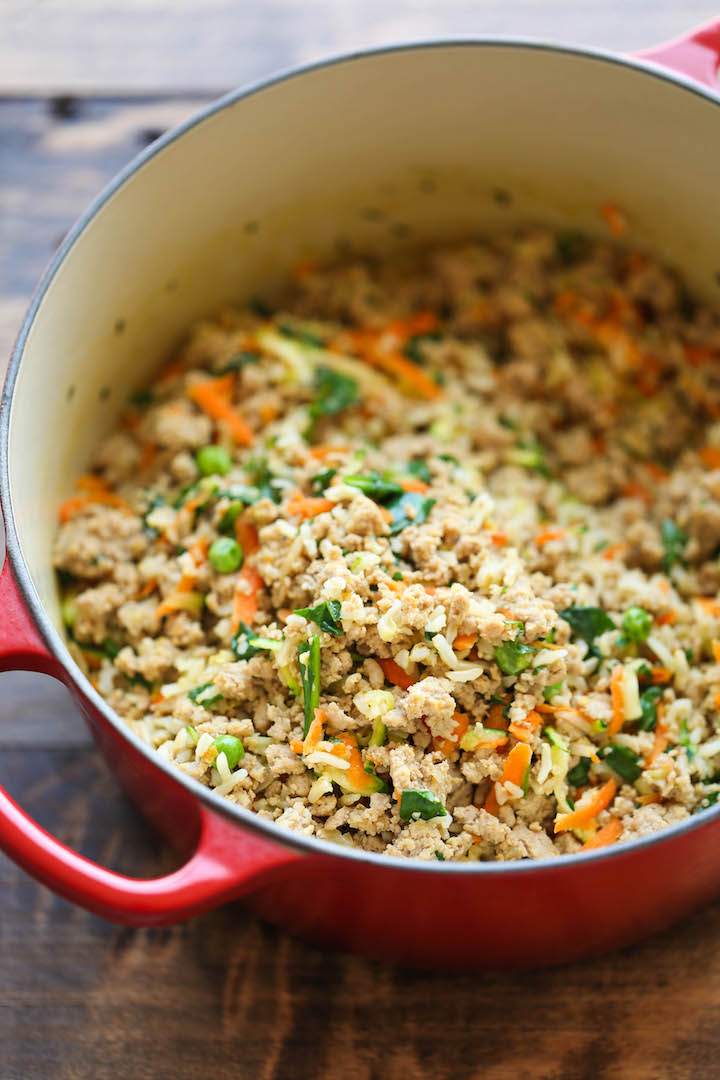
Benefits
This chicken and rice meal is not only tasty but also provides numerous health benefits for your dog. It\"s easily digestible, making it a great option for dogs with gastrointestinal issues. The chicken offers high-quality protein which supports muscle health, while the rice is an excellent source of carbohydrates for energy.

Instructions
- Place the chicken breasts in a pot and cover with water. Bring to a boil, then simmer until the chicken is fully cooked, about 10-30 minutes depending on the size of the chicken pieces.
- Remove the chicken from the pot, and using the same water, add the rice. Cook according to the rice instructions until it\"s fluffy and all the water is absorbed.
- While the rice is cooking, shred the chicken into bite-size pieces. Once the rice is done, let it cool slightly.
- If using vegetables, cook them until they are soft, and then chop them into small pieces suitable for your dog.
- Mix the shredded chicken, cooked rice, and vegetables together in a bowl. Ensure the mixture has cooled to room temperature before serving to your dog.
Serving Size
The amount of food your dog needs depends on their size, age, and activity level. A general guideline is to serve them about ⅓ to ½ cup of this chicken and rice meal per 10 pounds of body weight per day, divided into two servings. Adjust as necessary based on your dog\"s dietary needs and consult with your vet if you\"re unsure.

_HOOK_
Storage
Store any leftovers in an airtight container in the refrigerator for up to three days. You can also freeze portions for up to three months. Thaw in the refrigerator before serving.
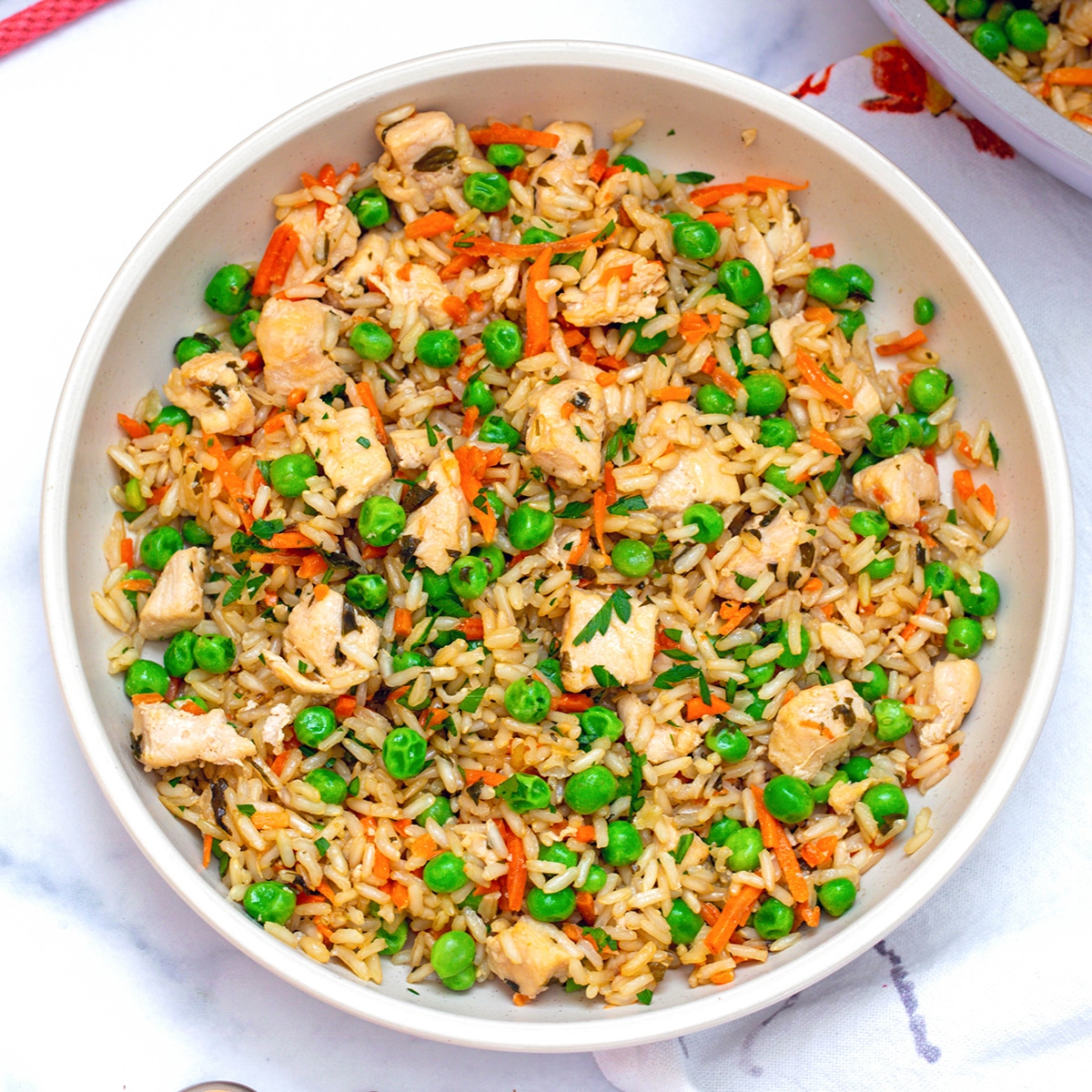
Benefits
This chicken and rice meal is not only tasty but also provides numerous health benefits for your dog. It\"s easily digestible, making it a great option for dogs with gastrointestinal issues. The chicken offers high-quality protein which supports muscle health, while the rice is an excellent source of carbohydrates for energy.
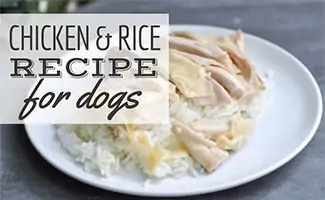
Storage
Store any leftovers in an airtight container in the refrigerator for up to three days. You can also freeze portions for up to three months. Thaw in the refrigerator before serving.
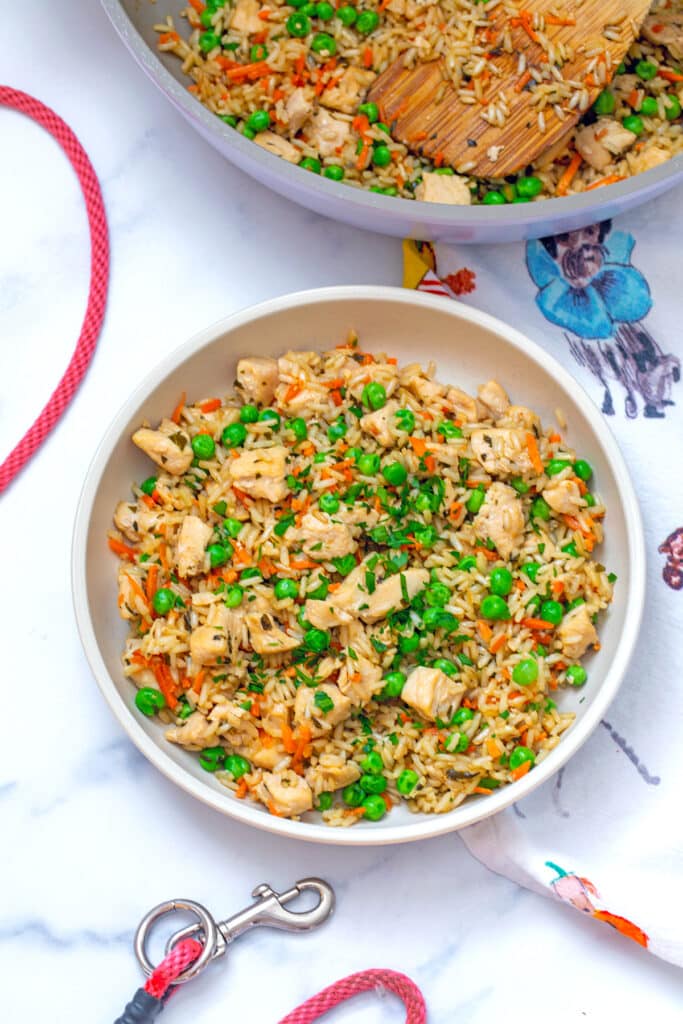
How to make chicken and rice dog food?
To make chicken and rice dog food, follow these steps:
- Start by boiling water in a pot over medium-high heat.
- Once boiling, stir in rice and let it cook until tender.
- While the rice is cooking, mince 3 pounds of chicken meat and 2 ½ cups of frozen vegetable blend (make sure there are no garlic or onions).
- After the rice is cooked, cut the chicken and vegetables into small pieces using kitchen or poultry shears.
- Mix the minced chicken and vegetables with the cooked rice in a large bowl.
- Let the mixture cool before serving it to your dog.
This homemade meal can be a special treat for your dog or used to soothe their stomach when they are feeling unwell. Remember to consult with your veterinarian about your dog\'s dietary needs before making any significant changes to their diet.
Benefits
This chicken and rice meal is not only tasty but also provides numerous health benefits for your dog. It\"s easily digestible, making it a great option for dogs with gastrointestinal issues. The chicken offers high-quality protein which supports muscle health, while the rice is an excellent source of carbohydrates for energy.
_HOOK_
The Farmer\'s Dog DIY Homemade Chicken and Rice Dog Food Recipe
Recipe: \"Indulge in a culinary adventure with this mouth-watering recipe video that will take your cooking skills to the next level. Learn how to create a delectable dish that will impress family and friends!\" Homemade: \"Discover the joy of homemade creations with this heartwarming video that showcases the beauty of handcrafting. Watch as ordinary ingredients transform into extraordinary goods with love and care.\"
Homemade Dog Food How to Make Chicken and Rice Dog Food
Chick-and-rice dog food is a healthy and bland diet for dogs who have been sick or who have pancreatitis. Consider offering a ...
Benefits
This chicken and rice meal is not only tasty but also provides numerous health benefits for your dog. It\"s easily digestible, making it a great option for dogs with gastrointestinal issues. The chicken offers high-quality protein which supports muscle health, while the rice is an excellent source of carbohydrates for energy.
Introduction to Homemade Dog Food
Embracing homemade dog food, particularly chicken and rice recipes, offers numerous benefits for your pet, including fresher ingredients and the ability to tailor meals to your dog\"s specific dietary needs. This guide will introduce you to the simple, healthful approach of preparing chicken and rice dog food, which is not only cost-effective but also a gesture of love towards your furry companion.
- Understand the nutritional benefits of homemade dog food.
- Learn the basics of preparing chicken and rice, a classic comfort food for dogs.
- Discover how to customize recipes to meet your dog\"s taste preferences and dietary requirements.
Homemade dog food, particularly chicken and rice, is an excellent choice for dogs with sensitive stomachs or allergies. This meal provides a balanced diet, rich in protein and carbohydrates, essential for your dog\"s health and energy levels. By choosing to prepare your dog\"s meals at home, you have the opportunity to ensure the quality of ingredients and avoid preservatives and additives found in commercial dog foods.
- Selecting the right ingredients for your dog\"s dietary needs.
- Steps to safely prepare and cook chicken and rice.
- Tips for adding variety and additional nutrients with vegetables and supplements.
Creating your homemade dog food can be a rewarding experience, offering peace of mind about what your dog is eating and strengthening the bond between you and your pet through the care and effort you put into their meals.
Benefits of Chicken and Rice for Dogs
Chicken and rice is a highly recommended meal for dogs, especially when they need a bland diet to soothe an upset stomach. This combination is not only easy for dogs to digest, but it also provides essential nutrients necessary for their health and well-being.
- Chicken is a lean source of protein that helps build and repair muscles. It\"s also packed with essential amino acids and vitamins.
- Rice is a gentle carbohydrate that\"s easy on the stomach, providing energy without the risk of irritation. White rice, in particular, is low in fiber which makes it highly digestible.
- Together, chicken and rice offer a balanced meal that\"s low in fat and high in protein, ideal for dogs with sensitive stomachs or those recovering from an illness.
- This meal can also be enriched with vegetables like carrots and peas, which add additional nutrients and fiber.
Feeding your dog a homemade meal of chicken and rice ensures they\"re getting a meal free of additives and preservatives found in many commercial dog foods, promoting a healthier lifestyle.
Necessary Ingredients for Chicken and Rice Dog Food
To prepare a nutritious and comforting meal of chicken and rice for your dog, you will need the following simple ingredients:
- 3 boneless, skinless chicken breasts - A lean source of protein that\"s easily digestible.
- 1 cup uncooked white rice - Provides energy and is gentle on the stomach.
- 4 cups of water - For cooking the chicken and rice.
- Optional: Carrots, peas, or other dog-safe vegetables - For added vitamins and minerals.
These ingredients ensure a balanced diet for your dog, offering a blend of proteins, carbohydrates, and essential nutrients. Remember, you can adjust the quantities based on your dog\"s size and dietary needs.
Step-by-Step Cooking Instructions
- Rinse 1 cup of white rice under cool water until the water runs clear to remove excess starch.
- In a large pot, add 3 boneless, skinless chicken breasts and the rinsed rice.
- Pour 4 cups of water into the pot, ensuring the chicken and rice are fully submerged.
- Bring the pot to a boil, then reduce the heat to a simmer. Cover the pot with a lid and let it cook for about 20 minutes, or until the chicken is thoroughly cooked and the rice is fluffy.
- Once cooked, remove the pot from the heat. Take the chicken out of the pot and use two forks to shred it into bite-sized pieces.
- If adding vegetables, steam or boil them until soft, then chop into small, digestible pieces.
- Mix the shredded chicken, cooked rice, and vegetables (if using) in a large bowl. Allow the mixture to cool to room temperature before serving to your dog.
Ensure the food has cooled sufficiently before feeding it to your dog to avoid any potential for burns or discomfort. This simple, homemade chicken and rice dog food recipe is not only nutritious but also comforting for dogs with sensitive stomachs or dietary restrictions.
_HOOK_
Portion Sizes and Feeding Guidelines
Determining the right portion size for your dog is crucial for their health and well-being. Here\"s a general guide to help you serve the right amount of chicken and rice dog food:
- For small dogs (up to 10 lbs), serve ¼ to ½ cup of food per meal.
- For medium dogs (10-30 lbs), serve ½ to 1 cup of food per meal.
- For large dogs (30-50 lbs), serve 1 to 1½ cups of food per meal.
- For extra-large dogs (over 50 lbs), start with 1½ cups of food and increase as needed based on the dog\"s size and activity level.
Note: These portions are based on feeding your dog two meals per day. Adjust the serving size according to your dog\"s age, activity level, and specific health needs. Always consult with your veterinarian to ensure you\"re meeting your dog\"s nutritional requirements.
Incorporating Vegetables and Supplements
Adding vegetables and supplements to your dog\"s chicken and rice meal can enhance its nutritional value and cater to their overall health needs. Here\"s how to incorporate these beneficial ingredients:
- Vegetables: Choose dog-safe options like carrots, peas, green beans, and spinach. Steam or boil the vegetables until they
- Incorporating Vegetables and Supplements
- Adding vegetables and supplements to your dog\"s chicken and rice meal can enhance its nutritional value and cater to their overall health needs. Here\"s how to incorporate these beneficial ingredients:
- Vegetables: Choose dog-safe options like carrots, peas, green beans, and spinach. Steam or boil the vegetables until they are soft, then chop them into small pieces to ensure they are easy for your dog to digest.
- Supplements: Depending on your dog\"s health requirements, you might consider adding supplements such as fish oil for omega-3 fatty acids, which support skin and coat health, or a multivitamin if advised by your vet.
- Introducing new foods: Start with small amounts of new vegetables or supplements and gradually increase them to avoid any digestive upset. Always consult with your veterinarian before introducing any new supplements to your dog\"s diet.
- Incorporating a variety of vegetables can provide additional vitamins and minerals, while supplements can address specific health concerns. This approach ensures your dog benefits from a well-rounded and nutritious diet.
- ```
Storage Tips for Homemade Dog Food
Proper storage of homemade dog food is essential to ensure it remains fresh and safe for your pet to consume. Follow these tips for storing your chicken and rice dog food:
- Refrigeration: Cool the chicken and rice meal to room temperature before refrigerating. Store it in an airtight container in the refrigerator for up to 3-4 days.
- Freezing: For longer storage, freeze the chicken and rice in portion-sized containers or freezer bags. It can be stored frozen for up to 3 months.
- Thawing: Thaw frozen dog food in the refrigerator overnight. Avoid microwaving to prevent uneven heating and potential hot spots that could burn your dog\"s mouth.
- Serving: Before serving, you may warm the food to room temperature. Ensure it\"s not too hot to avoid any risk of burning.
Always check the food for any signs of spoilage before serving, including unusual odors or mold. When in doubt, discard the food to ensure your dog\"s safety and health.
Understanding Your Dog\"s Nutritional Needs
Ensuring your dog\"s diet meets their nutritional needs is crucial for their health and longevity. A balanced diet supports overall well-being, energy levels, and immune system function. Here\"s what to consider:
- Proteins: Essential for growth, repair, and maintenance of body tissues. High-quality sources like chicken provide the amino acids dogs need.
- Fats: Provide energy, help absorb vitamins, and maintain healthy skin and coat. Omega-3 and omega-6 fatty acids are particularly beneficial.
- Carbohydrates: Supply a quick source of energy and help with digestion. Rice is a gentle carb that\"s easy on the stomach.
- Vitamins and Minerals: Crucial for metabolic processes. Vegetables can be a good source, but supplements may be necessary for a complete diet.
- Water: Essential for all life processes. Ensure your dog has constant access to clean, fresh water.
Each dog\"s needs can vary based on age, size, activity level, and health status. Consult your veterinarian to tailor the diet to your dog\"s specific requirements, ensuring they get the right balance of nutrients.
When to Choose Homemade Food Over Store-Bought
Deciding between homemade and store-bought dog food involves considering your dog\"s health, nutrition needs, and your lifestyle. Here are key factors to guide your choice:
- Special Dietary Needs: Homemade food allows you to tailor the diet to your dog\"s specific health conditions or allergies.
- Quality Control: Preparing food at home lets you control the quality of ingredients, ensuring fresh, wholesome meals without preservatives or fillers.
- Nutritional Balance: With homemade food, it\"s crucial to ensure the diet is nutritionally balanced. Consult a veterinarian to design a suitable meal plan.
- Cost: While homemade food might seem more expensive initially, it can be cost-effective in the long run, especially if buying ingredients in bulk.
- Time and Effort: Homemade food requires more time and effort than store-bought options. It\"s a commitment to your pet\"s health that may not fit everyone\"s schedule.
Choosing homemade dog food is a personal decision that can greatly benefit your dog\"s health and happiness. It\"s about finding a balance that works for both you and your pet, ensuring they receive the best possible care and nutrition.
_HOOK_
READ MORE:
Frequently Asked Questions
- Can I feed my dog chicken and rice every day? While chicken and rice are great for dogs with upset stomachs or dietary sensitivities, it\"s important to vary their diet to ensure they receive all necessary nutrients. Consult with a vet for long-term feeding plans.
- Is it necessary to add vegetables to the chicken and rice dog food? Adding vegetables can provide essential vitamins and minerals. Dog-safe vegetables like carrots and peas are good options, but introduce them gradually to avoid digestive upset.
- How long can homemade chicken and rice dog food be stored? Properly stored in the fridge, homemade chicken and rice dog food can last 3-4 days. For longer storage, freeze it for up to 3 months.
- Can puppies eat chicken and rice? Yes, puppies can eat chicken and rice, but their diet should be balanced and meet nutritional guidelines for growth. Consult a veterinarian for advice on feeding puppies.
- How do I transition my dog back to regular food after feeding them chicken and rice? Gradually mix in their regular food with the chicken and rice over a week, increasing the proportion of regular food each day until fully transitioned.
Creating homemade chicken and rice dog food is a loving gesture that nurtures your pet\"s health and happiness. Embrace this simple, nutritious meal to ensure your furry friend thrives with every bite.
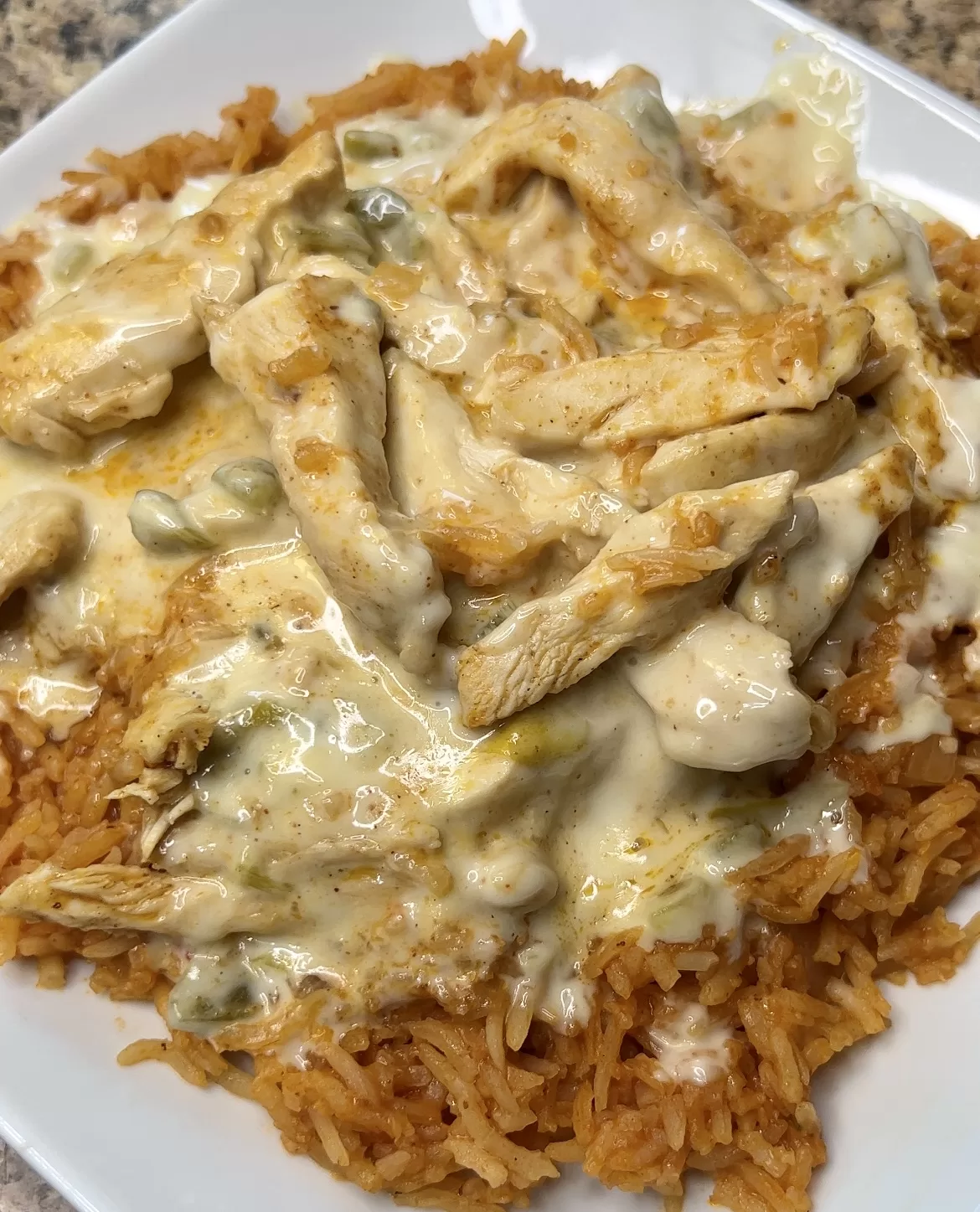
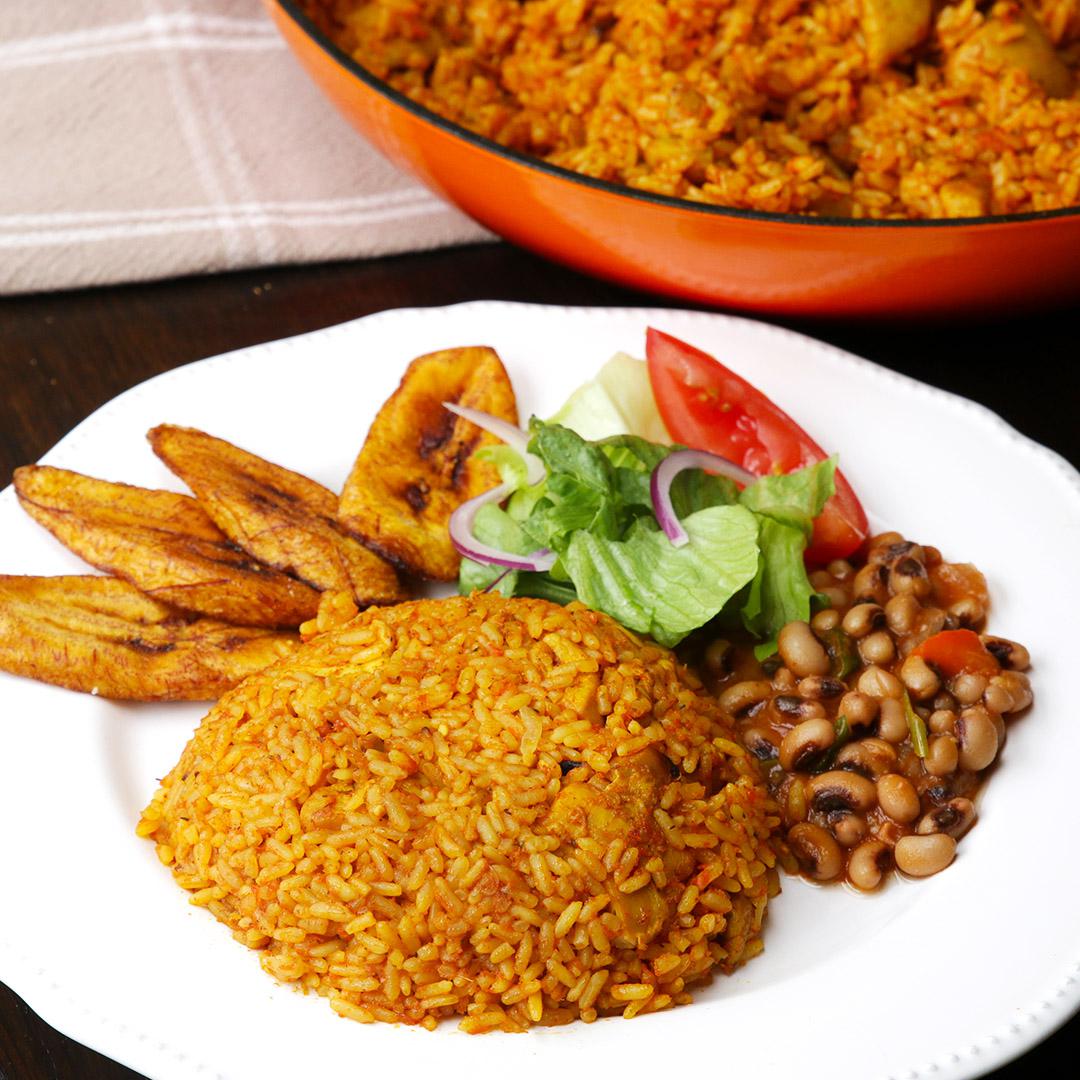
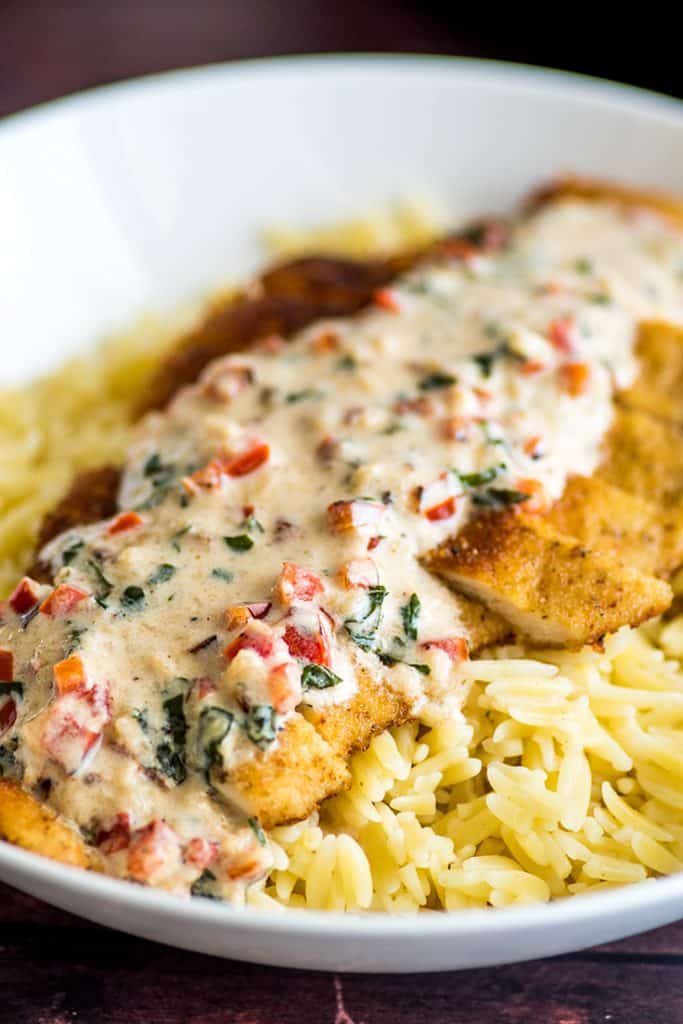


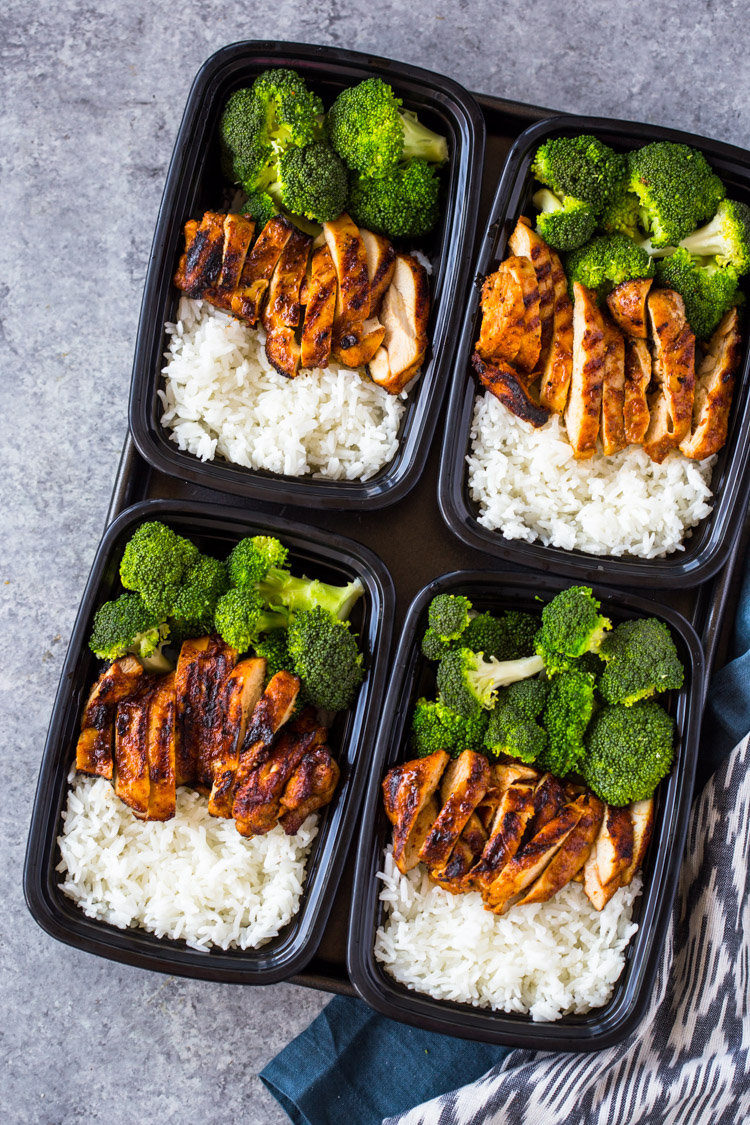
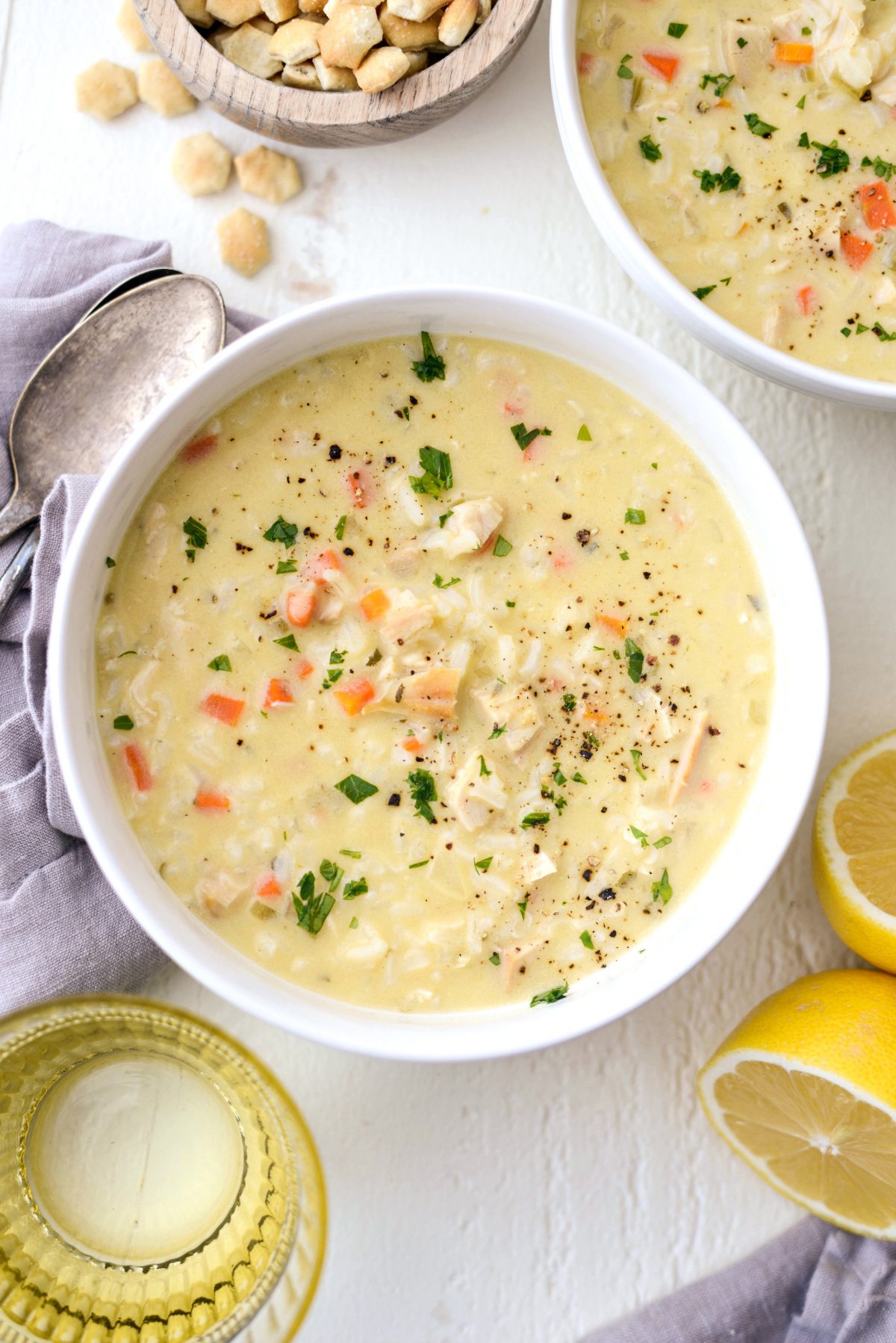
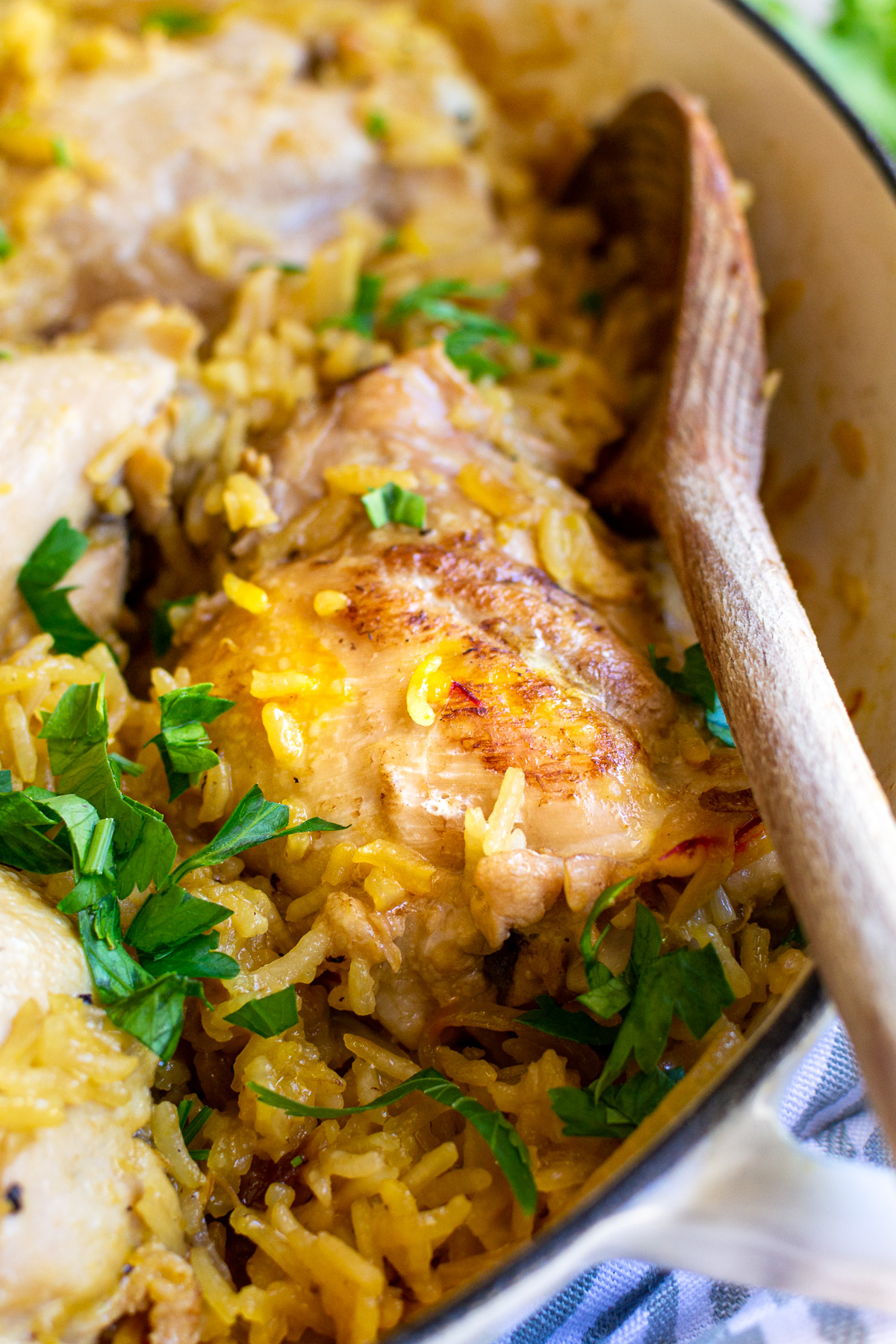
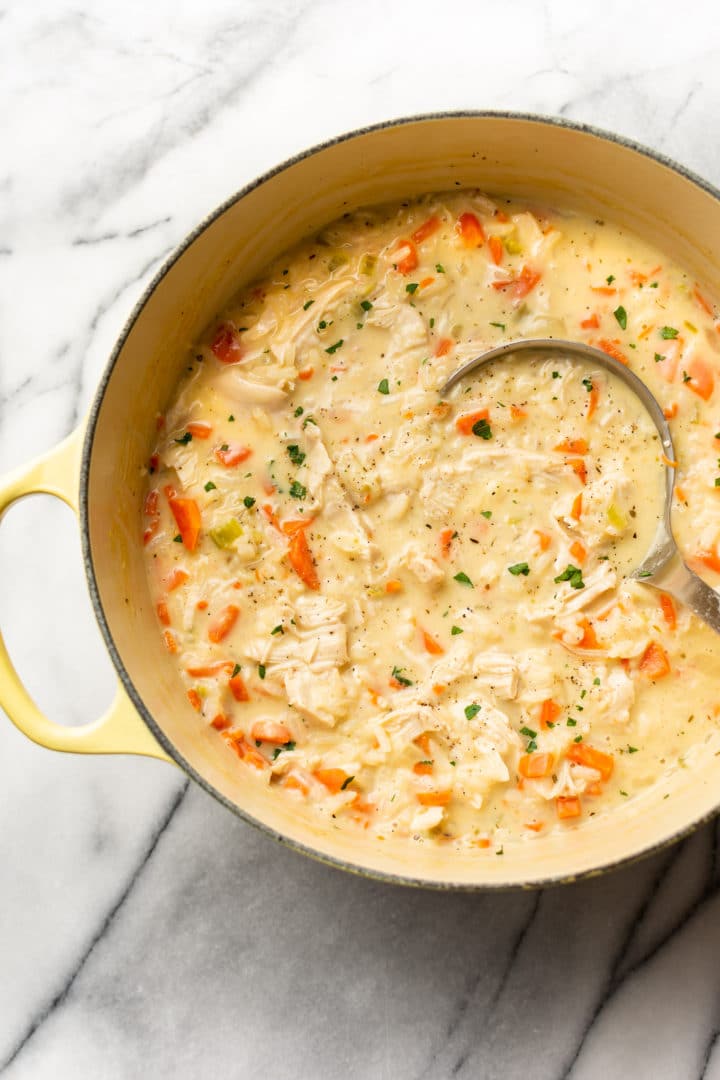
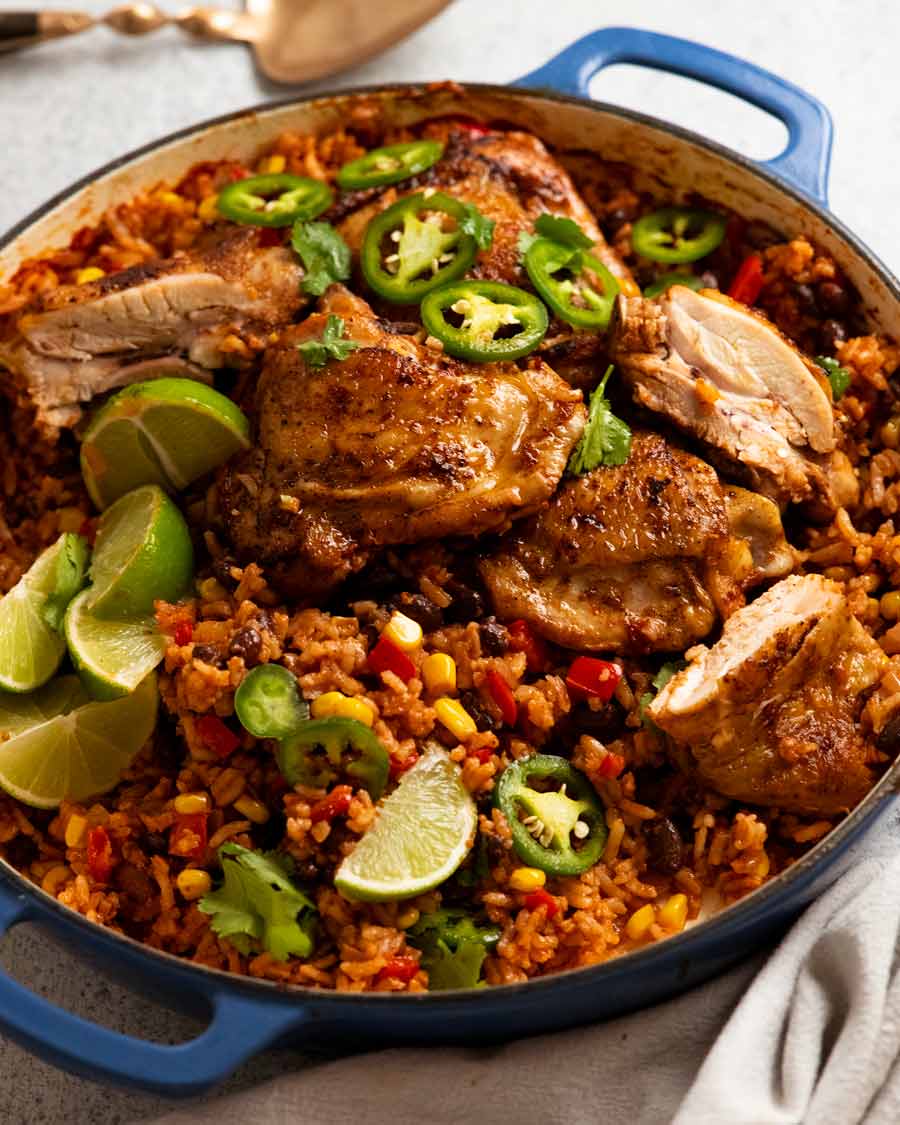
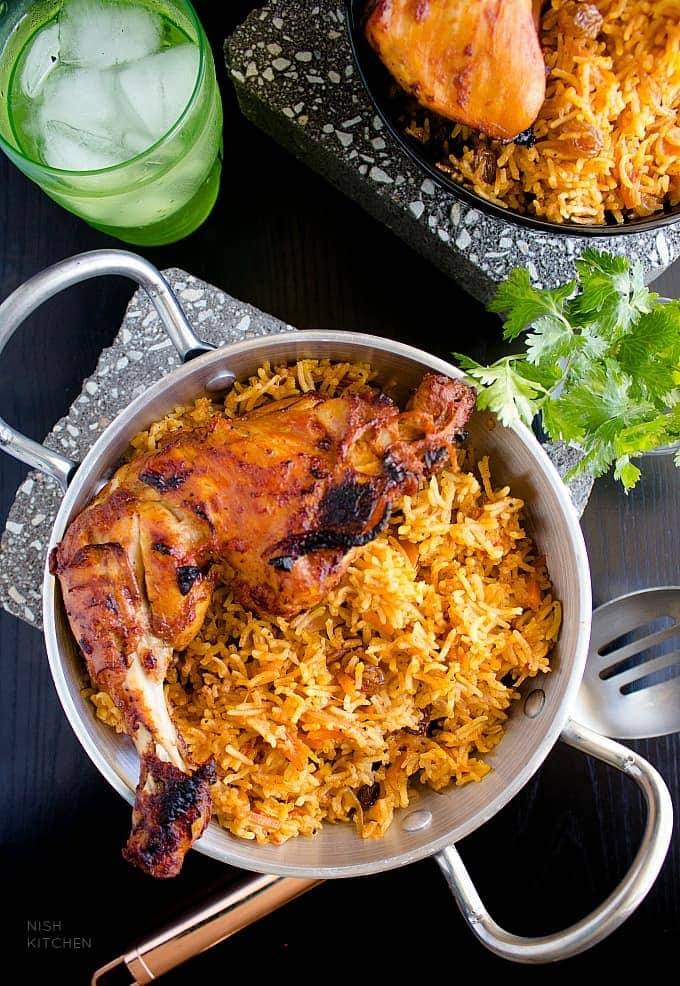

:max_bytes(150000):strip_icc()/__opt__aboutcom__coeus__resources__content_migration__simply_recipes__uploads__2017__12__2017-12-Chicken-Fried-Rice-3-c98348ac2e4545d9a3e637a780f09b70.jpg)
